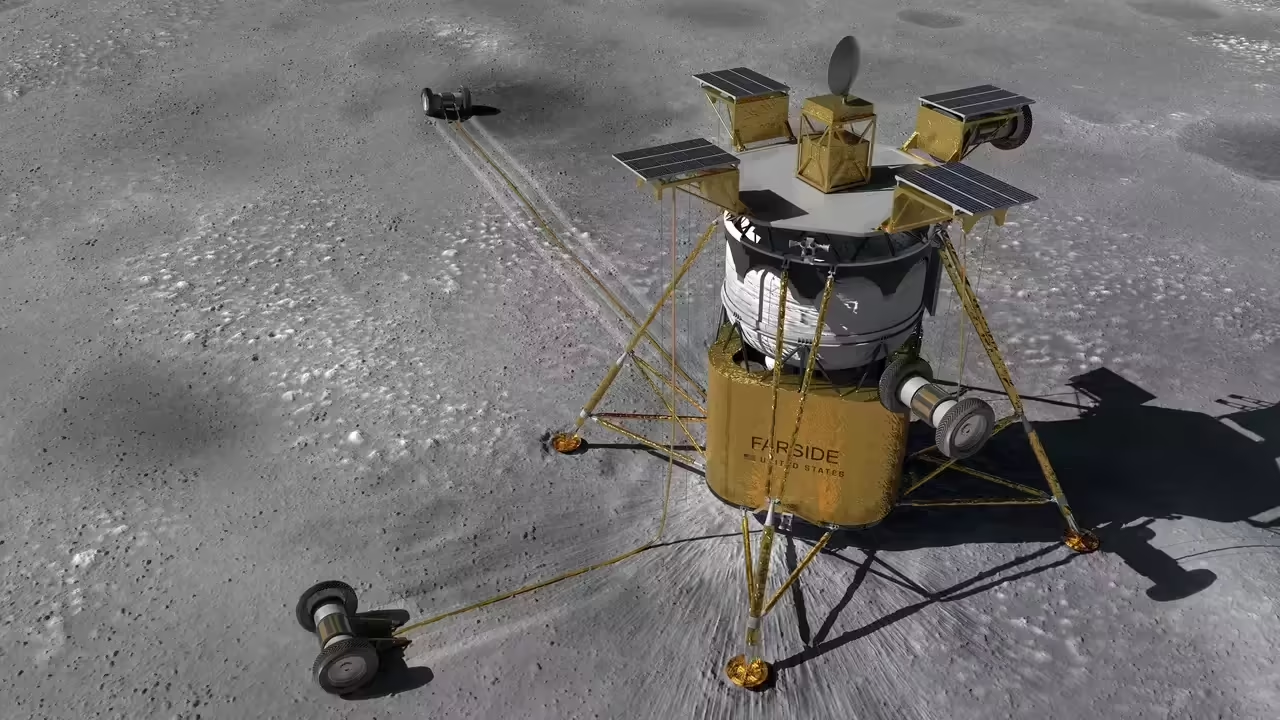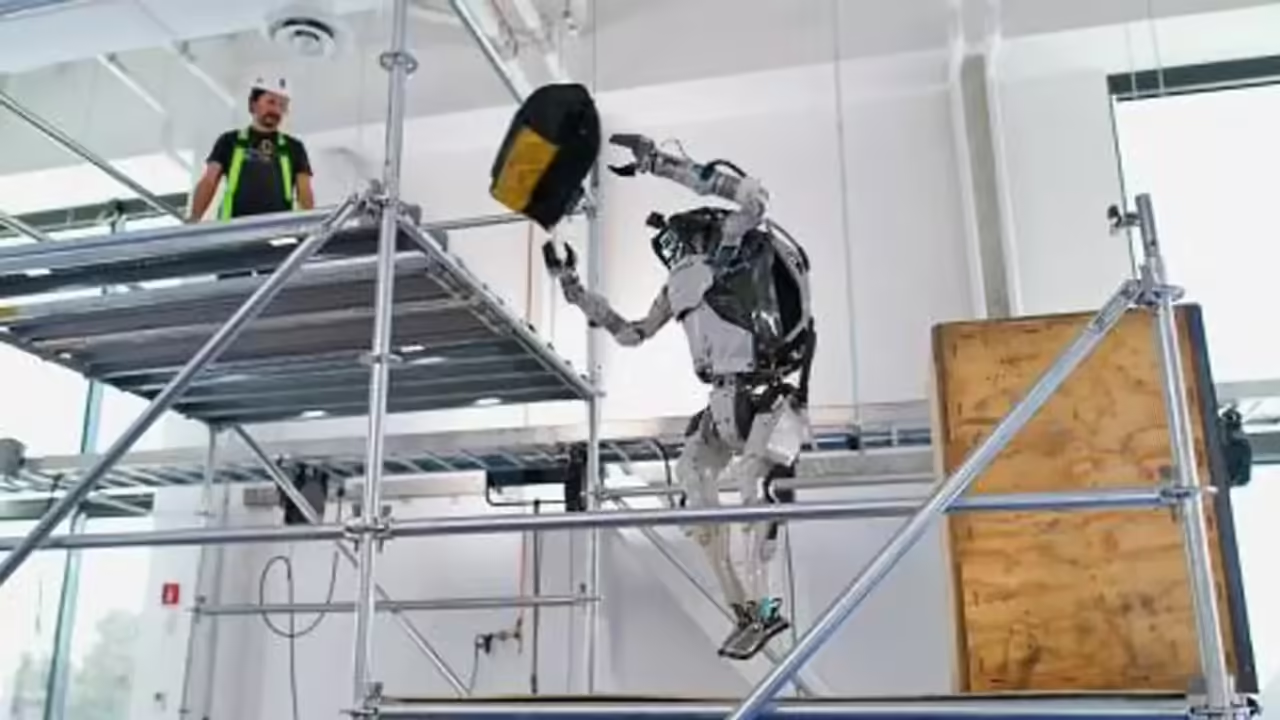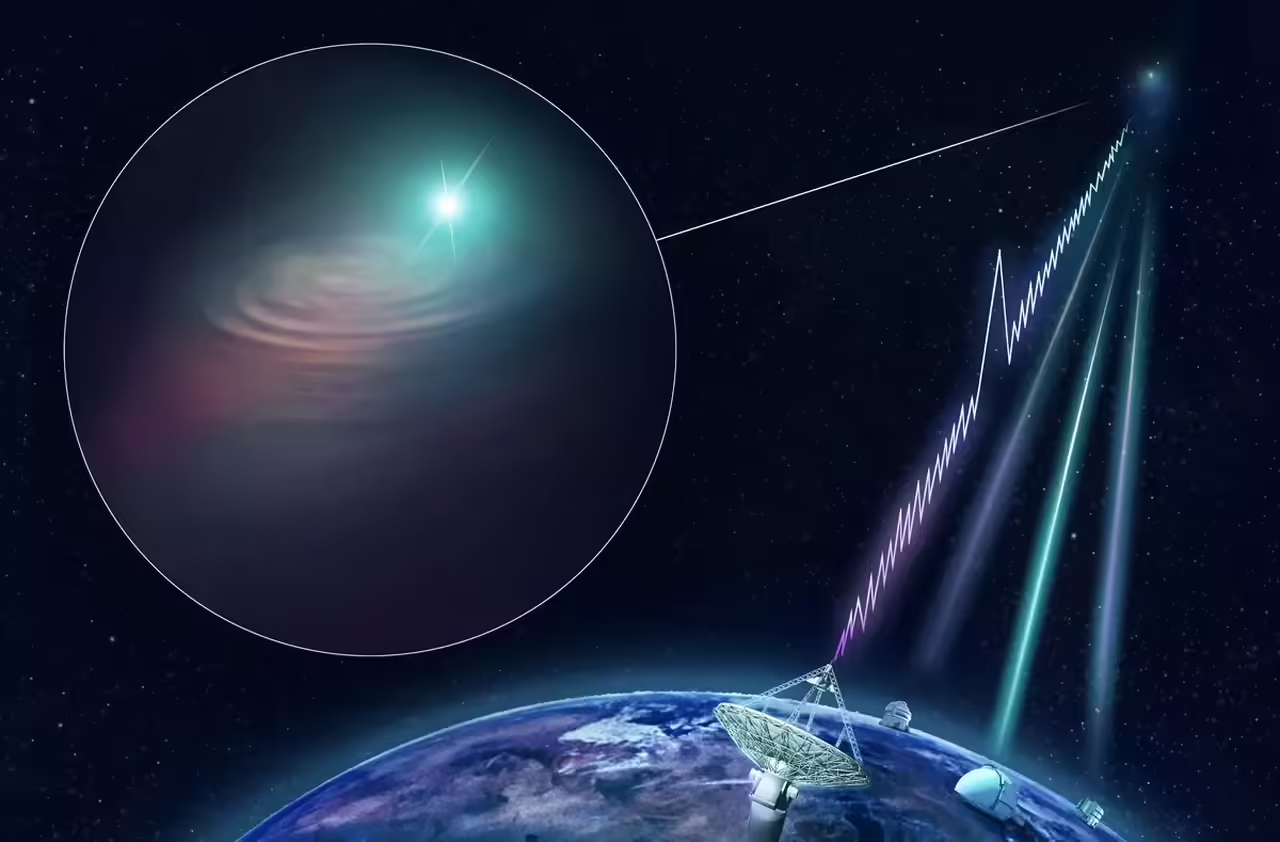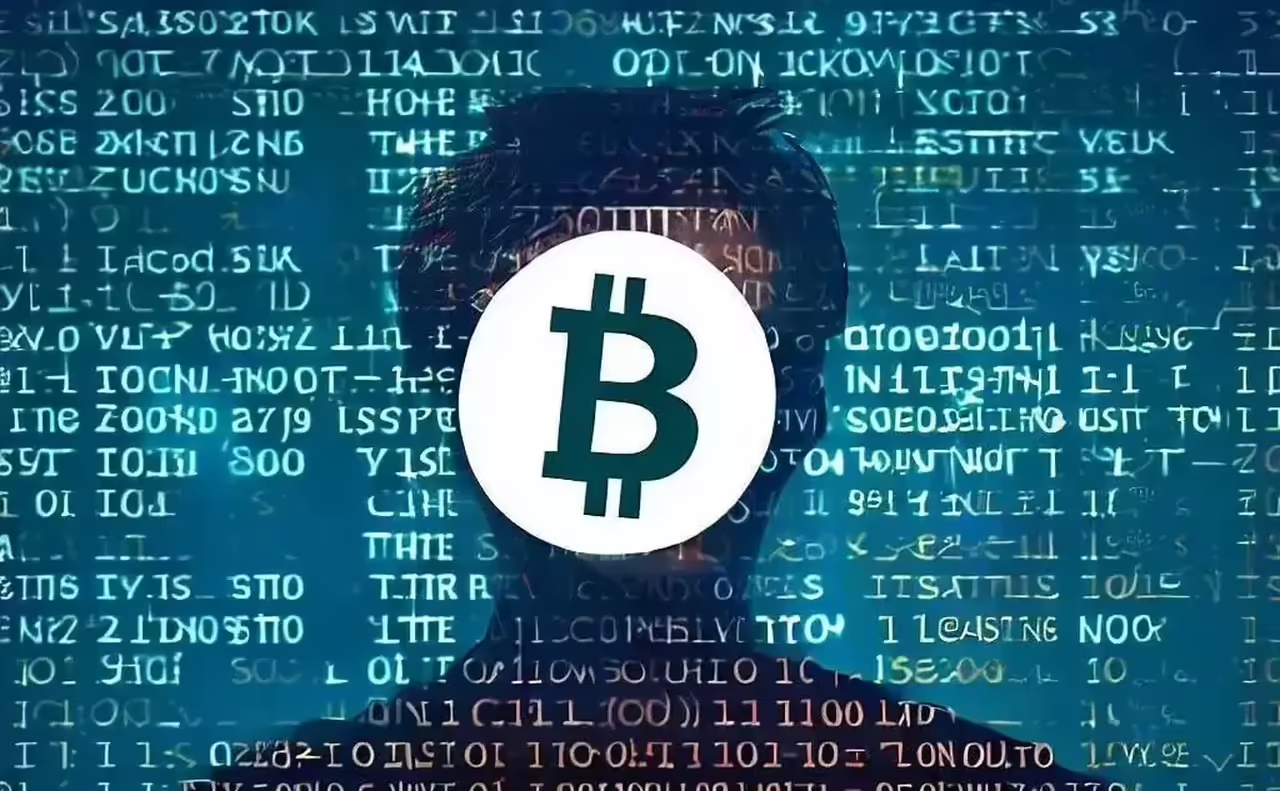
A Giant Leap for Human Connectivity
In the constant quest to expand our boundaries and explore new horizons, humanity has increasingly looked beyond Earth, towards the vast universe surrounding us. One of the most recent and visionary proposals in this regard is the installation of fiber optic cables on the Moon, a concept that arouses both curiosity and unprecedented technical challenges.
The idea of establishing a communication infrastructure on the Moon may initially seem like a science fiction project, but it actually has solid and practical foundations. With the exponential growth of space exploration and interest in establishing permanent lunar bases, there arises the need for robust and efficient communication systems that allow reliable and fast data transfer between Earth and the Moon.
Fiber optic cables, known for their ability to transmit data at incredibly high speeds with minimal signal loss, represent the ideal solution to this challenge. By installing a network of fiber optics on the Moon, we could establish a high-speed connection that would facilitate not only communication between Earth and the Moon but also the transmission of data between different facilities and modules on the lunar surface.
Challenges and Technical Considerations
However, the installation of fiber optic cables on the Moon is not without significant technical challenges. The lack of atmosphere on the Moon means that the cables would be exposed to extreme conditions, such as drastic temperature changes and cosmic radiation, requiring the development of durable and resilient materials and technologies.
Additionally, the process of laying cables in a lunar environment presents unique logistical challenges. Specialized robots or even astronauts would be required to deploy and bury the cables safely on the lunar surface, avoiding natural obstacles and protecting them from damage.
Benefits and Future Opportunities
Despite these challenges, the potential benefits of installing fiber optic cables on the Moon are enormous. In addition to improving communication between Earth and the Moon, this infrastructure would also lay the groundwork for future space missions, facilitating the operation of robotic vehicles, remote monitoring of scientific experiments, and the development of innovative technological applications.
Furthermore, the presence of a fiber optic network on the Moon could pave the way for eventual lunar colonization, providing a fundamental infrastructure for sustainable human life on our natural satellite.
Technological and Logistical Challenges of Implementing Fiber Optics on the Moon
The implementation of fiber optic cables on the Moon poses unprecedented technical and logistical challenges. These challenges range from material resistance to deployment logistics in a unique and extreme lunar environment. Below, we explore some of the main obstacles that must be overcome:
Resistance to Extreme Environmental Conditions:
The Moon lacks an atmosphere and is exposed to extreme temperatures ranging from approximately -173°C during the lunar night to 127°C during the day. The cables and materials used must be able to withstand these extreme fluctuations without degradation.
Protection against Cosmic Radiation:
The Moon is exposed to intense cosmic radiation that can damage electronic and optical components. Radiation-resistant materials and designs are needed to ensure the integrity of the fiber optic cables and prevent signal degradation.
Deployment and Fixation of Cables:
The deployment of cables on the lunar surface will require effective fixation technologies, either through the use of specialized robots or direct involvement of astronauts. This involves developing safe and efficient methods for burying the cables and protecting them from damage caused by lunar rocks or other obstacles.
Maintenance and Repair:
Since the Moon lacks an atmosphere that can protect fiber optic cables from erosion and other damage, a maintenance and repair plan will be required to ensure the continuous operation of the network. This could involve the development of remote inspection technologies and specialized repair equipment.
Integration with Existing Infrastructure:
The installation of fiber optic cables on the Moon must integrate with other lunar infrastructures, such as solar power stations and existing communication systems. This requires careful planning and coordination to ensure compatibility and operational efficiency.
Compatibility with Future Missions:
It is essential to design the lunar fiber optic infrastructure with an eye toward the future, ensuring that it is compatible with the needs of future exploration, colonization, and industrial activity on the Moon.
Expanding Scientific Horizons: How Fiber Optics on the Moon Facilitates Space Exploration and Scientific Research
The installation of fiber optic cables on the Moon promises to unlock vast scientific potential that was previously inaccessible due to technological limitations. By overcoming these barriers, new opportunities for scientific research and space exploration are opened, transforming our understanding of the cosmos and catalyzing advances in various scientific disciplines.
High-Speed Data Transmission:
Fiber optics allows for extremely fast and reliable data transmission. This would facilitate the transfer of large amounts of scientific data collected on the Moon to research centers on Earth. Experiments, field measurements, high-resolution images, and geological data could be transmitted in real-time or with minimal delay, accelerating the analysis and decision-making in scientific and exploration projects.
Support for Lunar Research:
With a fiber optic infrastructure in place, lunar research could take a qualitative leap forward. Scientists could conduct astronomical observations from the Moon without the atmospheric interference of Earth, allowing for a clearer and more detailed view of the distant universe. Additionally, scientific experiments conducted on the lunar surface could transmit data directly to laboratories on Earth for immediate analysis, speeding up the pace of discoveries about the geology, chemical composition, and history of the solar system.
Facilitation of Scientific Collaboration:
The high-speed connection provided by fiber optic cables on the Moon would promote greater global scientific collaboration. Researchers from around the world could access and share data quickly and efficiently, fostering synergy between different research teams and maximizing the potential for collaborative scientific discoveries.
Development of Advanced Technologies:
The implementation of a fiber optic network on the Moon would also stimulate the development of advanced technologies in areas such as computing, optics, and communication engineering. The need for equipment and systems resistant to extreme conditions on the Moon would drive innovation in material design, sensors, and electronic devices, with applications both in space and on Earth.
Exploring Possibilities: Potential Applications of Fiber Optics on the Moon
The installation of fiber optic cables on the Moon would not only expand our communication capabilities in space but also open up a range of possible applications ranging from communication to astronomical observation. Below, we explore some of these potential applications:
High-Speed Communications:
Fiber optics would enable high-speed communication between Earth and the Moon, facilitating the transmission of scientific data, high-resolution images, and real-time communications between missions on the lunar surface and control centers on Earth. This would significantly improve the efficiency of space operations and scientific research on the Moon.
Enhanced Astronomical Observation:
The installation of telescopes and astronomical observation systems on the Moon would greatly benefit from fiber optics. The absence of atmosphere and low electromagnetic interference on the Moon would provide an ideal environment for observing the distant universe. Data collected by these telescopes could be transmitted to Earth via fiber optics for detailed analysis by astronomers and scientists.
Remote Scientific Experiments:
Fiber optics would facilitate the conduct of remote scientific experiments on the Moon. Researchers could control and monitor equipment and experiments from Earth in real-time, allowing for greater flexibility and efficiency in conducting scientific research on the lunar surface.
Environmental and Geological Monitoring:
Fiber optic cables could be used to establish a network of sensors on the Moon to monitor the lunar environment, including temperature, radiation, and other environmental parameters. This would provide crucial information for better understanding the lunar environment and its impact on human health and equipment operation.
Support for Human and Robotic Exploration:
Fiber optics could facilitate human and robotic exploration on the Moon by providing a high-speed and reliable connection between landing modules, exploration vehicles, and base stations on the lunar surface and control centers on Earth. This would enable more effective monitoring and control of missions on the Moon, as well as real-time data and knowledge transfer.
Analyzing the Economic Viability of Installing and Maintaining Fiber Optic Cables on the Moon
The idea of installing and maintaining fiber optic cables on the Moon raises not only technological challenges but also questions about its economic viability. Here, we examine key economic aspects to determine if this project is financially feasible:
Initial Implementation Costs:
The deployment of a fiber optic infrastructure on the Moon would involve significant costs related to design, development, manufacturing, and launch of the necessary cables and equipment. This would include the development of cables resistant to extreme conditions, deployment equipment, and specialized robots for installation on the lunar surface.
Maintenance and Repair:
Once installed, fiber optic cables would require regular maintenance and possibly periodic repairs due to exposure to extreme environmental conditions on the Moon. This would add long-term additional costs, including those related to sending equipment and specialized personnel to the Moon to perform these tasks.
Potential Economic Benefits:
Despite the initial and maintenance costs, installing fiber optic cables on the Moon could generate significant long-term economic benefits. For example, it would facilitate high-speed communication between Earth and the Moon, improving the efficiency of space operations and scientific research on the Moon. Additionally, it would open up opportunities for commercial exploration, such as mining lunar resources or space tourism, which could generate additional income.
International Collaboration and Public-Private Financing:
Given the magnitude of the required investment, the economic viability of installing fiber optic cables on the Moon could depend heavily on international collaboration and public-private financing. Space agencies, private companies, and governments could join forces to share costs and resources, which could make the project more economically feasible.
Long-Term Cost-Benefit Assessment:
The economic viability of the project will also depend on a careful assessment of its long-term cost-benefit. Possible scientific, technological, and commercial benefits derived from the installation of fiber optic cables on the Moon in relation to the costs involved must be considered. This will require a detailed analysis of the risks and opportunities associated with the project.
Reflecting on the Ethical and Environmental Considerations of Installing Fiber Optics on the Moon
While the idea of installing fiber optic cables on the Moon opens up exciting possibilities for space exploration and scientific advancement, it also raises a number of ethical and environmental issues that must be carefully considered. Below, we analyze some of these implications:
Preservation of the Lunar Environment:
The Moon, as a unique celestial object and object of scientific study, deserves to be protected and preserved as much as possible. Any human activity on the Moon, including the installation of infrastructure such as fiber optic cables, must be carried out with the utmost care to minimize impact on the lunar environment and avoid contamination of areas of scientific interest.
Waste Management and Environmental Impact:
The installation and maintenance of fiber optic cables on the Moon could generate waste and debris, both during the deployment process and in the ongoing operation of the infrastructure. It is crucial to implement measures to responsibly manage these wastes and minimize any negative impact on the lunar environment.
Equity and Universal Access:
As lunar exploration and colonization progress, it is important to consider equity and universal access to the resources and opportunities that arise from these efforts. It must be ensured that all countries and communities have the opportunity to participate in the exploration and use of lunar resources fairly and equitably.
Privacy and Security Protection:
The installation of fiber optic cables on the Moon to facilitate communication and data transfer raises concerns about the privacy and security of transmitted information. Adequate cybersecurity measures and data protection must be implemented to ensure the privacy and integrity of information transmitted through this infrastructure.
Ethical Considerations in Space Exploration:
Space exploration raises a range of ethical issues, including the responsibility to preserve life and ecosystems on other celestial bodies, as well as the ethical treatment of any form of life that may be encountered in space. It is important to address these ethical considerations seriously and thoughtfully as we continue our exploration of the universe.







